According to the Global Wealth Report 2024, global wealth growth has slowed down in the past decade. Between 2000 and 2010, global wealth grew by an average of 7% per year, but from 2010 to 2023, it dropped to just over 4.5%. This means that it has fallen by about a third between these two periods.
Asia, which is home to some of the fastest-growing economies in the world, has also seen a decline in average wealth growth. From 2000 to 2010, the average wealth growth in major Asian countries was around 12% per year. However, this growth slowed significantly to an average of 5% per year from 2010 to 2023. Many countries that once experienced rapid increases in wealth have seen their growth rates fall by half or more.
Key Takeaways
- The era of rapid wealth expansion in Asia seems to be over, as almost all major Asian economies have seen declines in their wealth growth between 2010 and 2023.
- Kazakhstan, China, and India saw their wealth growth rates cut nearly in half, while Japan faced negative wealth growth.
- Oil-rich countries like Qatar, the UAE, and Saudi Arabia also saw a decline in average wealth growth mainly due to fluctuating oil prices.
Average Wealth Growth in Asia (2000–2010 vs. 2010–2023)
The table below shows how wealth growth has changed across different Asian countries over these two periods.
| Country | 2000–2010 Average Annual Growth Rate | 2010–2023 Average Annual Growth Rate |
|---|---|---|
| 🇰🇿 Kazakhstan | 20% | 9% |
| 🇨🇳 Mainland China | 19% | 8% |
| 🇶🇦 Qatar | 24% | 8% |
| 🇮🇱 Israel | 7% | 7% |
| 🇮🇳 India | 14% | 7% |
| 🇭🇰 Hong Kong SAR | 6% | 7% |
| 🇮🇩 Indonesia | 13% | 6% |
| 🇹🇼 Taiwan | 6% | 6% |
| 🇸🇬 Singapore | 10% | 6% |
| 🇸🇦 Saudi Arabia | 7% | 5% |
| 🇹🇭 Thailand | 12% | 5% |
| 🇦🇪 UAE | 16% | 4% |
| 🇷🇺 Russia | 20% | 4% |
| 🇹🇷 Türkiye | 11% | 1% |
| 🇯🇵 Japan | 4% | -2% |
The data is sourced from the Global Wealth Report 2024.
Kazakhstan
Kazakhstan experienced one of the highest average wealth growth rates in Asia between 2000 and 2010, with an impressive 20% annual increase. This strong growth in wealth was mainly driven by the country’s rich oil and gas resources. In addition to energy, Kazakhstan also benefited from government-led economic reforms and infrastructure development. However, in the following decade, from 2010 to 2023, the country’s wealth growth rate slowed to 9% per year. The decline was mainly due to falling oil prices, which reduced national revenues and slowed economic growth.
China
China was one of the fastest-growing economies in the early 2000s. Between 2000 and 2010, it saw an average 19% annual wealth growth. This high increase in wealth in China was fueled by the country’s industrialization, mass manufacturing, and increasing global exports.
However, China’s wealth growth dropped to 8% per year—less than half of its previous rate from 2010 to 2023. The U.S.-China trade war, decline in exports, and aging population contributed to the country’s slowdown in wealth growth. Recently, China also faced a real estate crisis, with declining property prices affecting wealth accumulation.
India
India is one of the largest economies in Asia, which ranks among the top ten countries by nominal GDP. Between 2000 and 2010, the country saw a 14% annual increase in wealth. This massive increase in wealth was driven by its strong economic reforms, a booming IT industry, and a rapidly growing middle class. However, India’s average wealth growth slowed to half at 7% per year from 2010–2023.
Japan and Turkey
Japan is the fourth-largest economy in the world. The country experienced the lowest average wealth growth in 2000-2010 at just 4% in Asia. Additionally, it has seen negative wealth growth (-2%) in the past decade, which makes it the only Asian country with declining wealth. The primary reason for this decline is Japan’s aging population. With one of the oldest populations in the world, Japan faces a shrinking workforce, which tends to reduce the level of economic activity in the country.
Additionally, Japan’s once-dominant industries, such as electronics and automobiles, are facing stiff competition from other Asian countries like China and South Korea. The country also has the highest debt-to-GDP ratio of approximately 250% in the world.
Türkiye also experienced one of the lowest wealth growth rates in Asia, falling from 11% in 2000–2010 to just 1% in 2010–2023. The Turkish economy is navigating through persistent inflation and a weak currency. Additionally its financial sector has faced repeated crises, which have eroded investors’ confidence in the country.
How Wealth Inequality Has Changed Globally Since 2008
Wealth Growth Declines in Other Asian Countries
Several other Asian countries also saw a decrease in their wealth. Oil-rich nations such as Qatar, the UAE, and Saudi Arabia experienced a decline in wealth growth due to fluctuating oil prices. In contrast, Southeast Asian economies like Indonesia, Thailand, and Singapore maintained steady but slower growth. Russia also saw a sharp decline from 20% to 4%, largely due to economic sanctions and geopolitical instability.
Conclusion
Double-digit wealth growth appears to be over in Asia. The past two decades have shown a clear shift in wealth growth across Asia. In the 2000–2010 period, the region experienced an average 12% annual increase in wealth. However, from 2010 to 2023, this growth slowed significantly to 5% per year. Almost every country saw a drop in wealth growth. China and India, which are the two largest economies in Asia, lost about half of their wealth. Japan, which is the third largest economy, saw a decrease in its wealth growth from 4% to -2%.



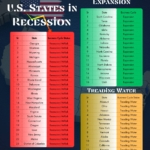


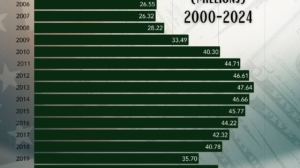

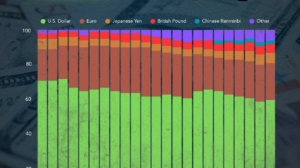
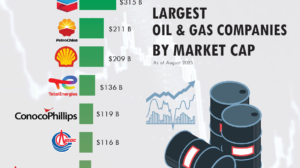
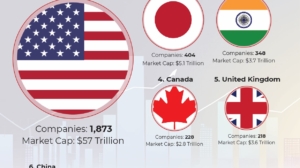
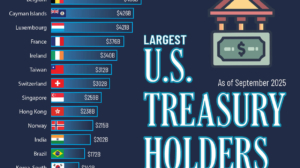
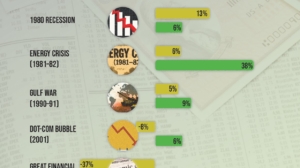

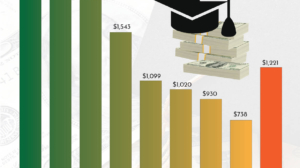
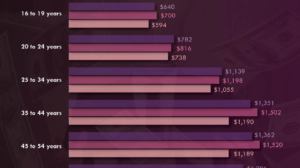
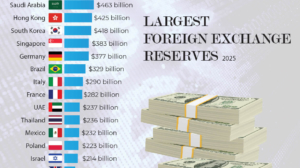
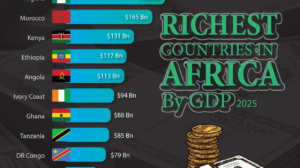
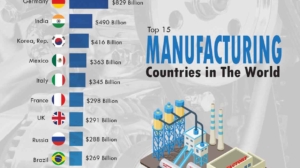
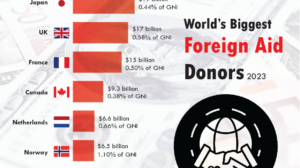
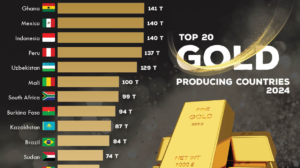
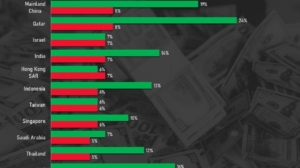
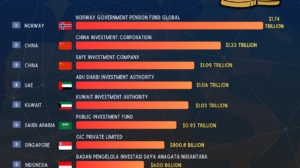
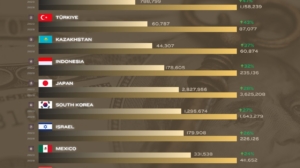
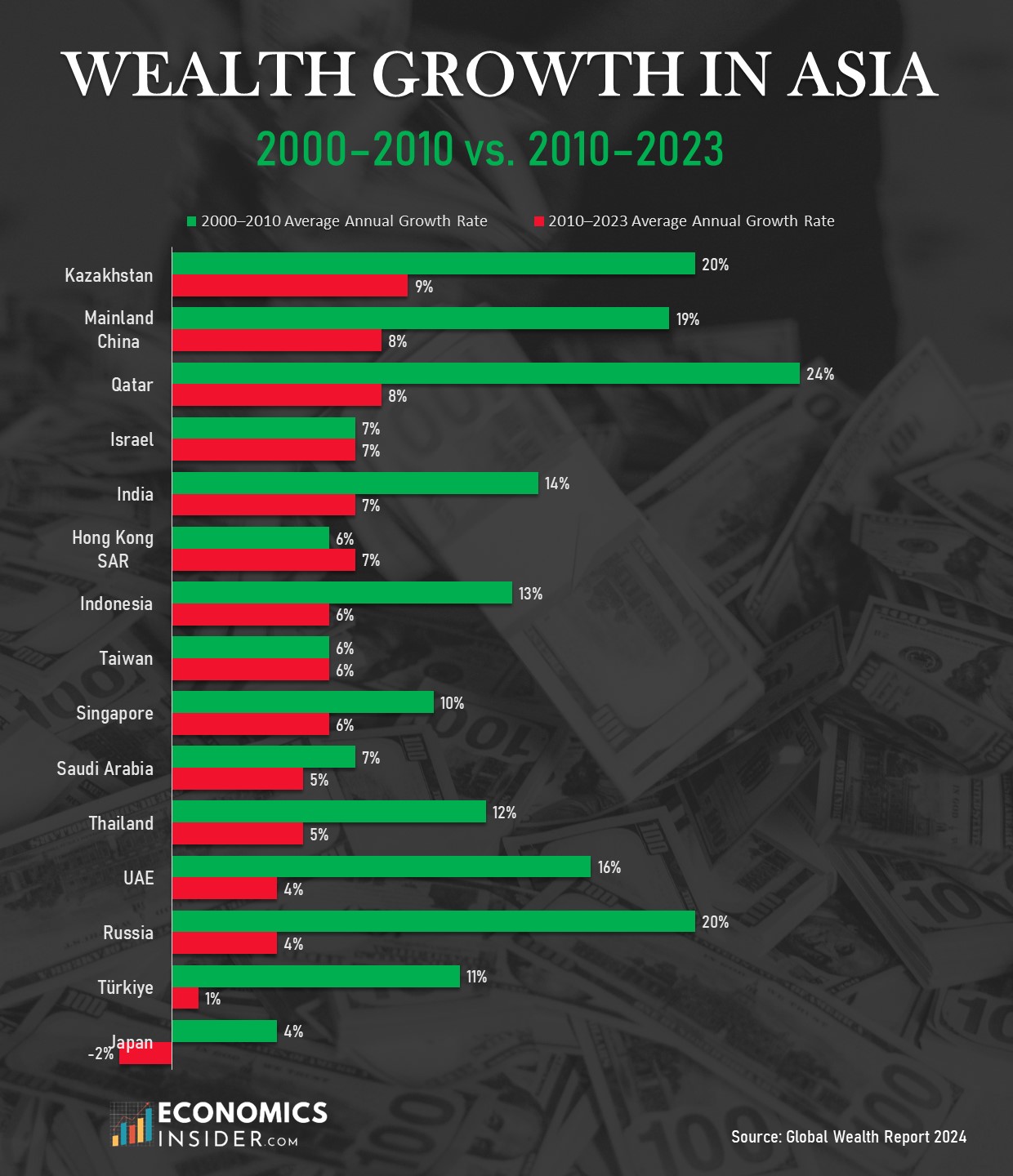
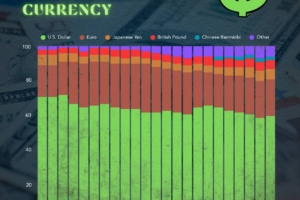

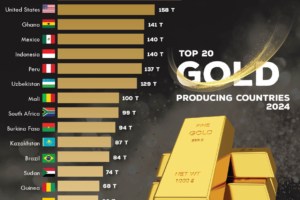








Add Comment